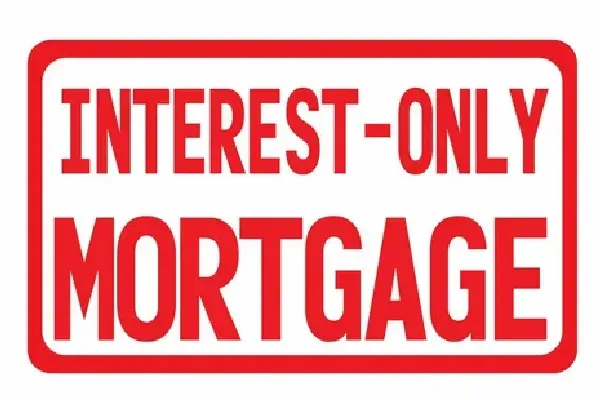
Interest Only Mortgages: The Ins and Outs
Interest Only Mortgages: The Ins and Outs

Buying a home is a significant financial commitment, and choosing the right type of mortgage is crucial. One option that some homebuyers consider is the interest-only mortgage. Here’s a breakdown of what it is, who it’s designed for, its rewards, and the long-term implications.
An interest-only mortgage allows borrowers to pay only the interest on their loan for a specified period—typically 5 to 10 years. During this period, the principal amount remains unchanged. After the interest-only phase ends, the borrower must start repaying both the principal and interest, which will result in higher monthly payments.
Interest-only mortgages are suited for:
- Homebuyers on a tight budget: It helps those who cannot afford the higher payments of a traditional mortgage.
- Those with anticipated income increase: It benefits individuals who expect their earnings to rise significantly in the near future.
- Buyers of high-priced homes: Those who want to purchase a home that is currently out of their price range but expect their financial situation to improve.
The rewards of an interest-only mortgage include:
- Lower initial payments: Monthly payments are lower because you’re only paying interest. For example, a $200,000 loan might save you $175-$200 per month, which can be substantial.
- Increased affordability: It allows you to buy a more expensive home than you might otherwise be able to afford.
- Flexibility for investment: This option can be advantageous for those looking to buy and resell homes within a few years, as initial payments are lower.
However, the long-term implications include:
- Increased total interest costs: After the initial period, payments will increase as you start repaying the principal. This can lead to paying more in interest over the life of the loan compared to a fixed-rate mortgage.
- Shorter repayment period: If you switch to a fixed-rate mortgage after the interest-only phase, you may have a shorter term to repay the principal, which can result in higher monthly payments.
- Potential financial strain: If you stay in the home long-term, the higher payments after the initial period can strain your finances.
An interest-only mortgage can be a valuable tool for specific financial situations, such as purchasing a more expensive home or managing cash flow in the short term. However, it’s essential to weigh the potential for higher long-term costs and increased monthly payments after the interest-only period ends. For those planning to stay in their home long-term, a traditional mortgage might be more cost-effective. Always consult with a financial advisor to understand how this type of mortgage fits into your overall financial strategy and to ensure it aligns with your long-term goals.
